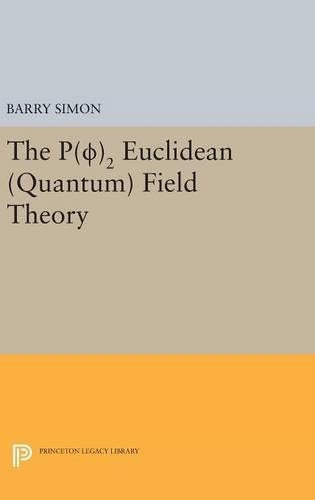A01=Barry Simon
Abelian von Neumann algebra
Age Group_Uncategorized
Age Group_Uncategorized
Approximation theory
Author_Barry Simon
automatic-update
Axiom
Banach space
Bessel function
Bessel's inequality
Bochner's theorem
Bounded set (topological vector space)
Category1=Non-Fiction
Category=PHDS
Cauchy's integral theorem
Central limit theorem
Characteristic function (probability theory)
Constructive quantum field theory
COP=United States
Correlation function (quantum field theory)
Degeneracy (mathematics)
Delivery_Delivery within 10-20 working days
Dirichlet boundary condition
Eigenfunction
eq_isMigrated=2
eq_non-fiction
eq_science
Euclidean field
Euclidean space
Expectation value (quantum mechanics)
Feynman–Kac formula
Field strength (theoretical physics)
Fock space
Fubini's theorem
Gaussian measure
Gaussian process
Heisenberg model (quantum)
Hilbert space
Infinitesimal generator (stochastic processes)
Lagrangian (field theory)
Language_English
Laplace transform
Locally integrable function
Lorentz covariance
Markov random field
Mathematical induction
Measure (mathematics)
Mehler kernel
Minlos' theorem
Monotone convergence theorem
Monotonic function
Non-Euclidean geometry
Norm (mathematics)
Nuclear space
Operator (physics)
Orthonormal basis
PA=Available
Perturbation theory
Perturbation theory (quantum mechanics)
Price_€100 and above
Probability theory
Projection (linear algebra)
PS=Active
Quantum electrodynamics
Quantum field theory
Quantum mechanics
Radon–Nikodym theorem
Random variable
Relativistic quantum mechanics
Renormalization
Riemann sum
Rolle's theorem
Scalar field theory
Schwinger function
Sign (mathematics)
Sobolev space
softlaunch
Spectral theorem
Statistical mechanics
Stone–Weierstrass theorem
Taylor's theorem
Theorem
Theory
Von Neumann algebra
Whitney extension theorem
Wick's theorem
Product details
- ISBN 9780691645490
- Weight: 482g
- Dimensions: 152 x 235mm
- Publication Date: 19 Apr 2016
- Publisher: Princeton University Press
- Publication City/Country: US
- Product Form: Hardback
- Language: English
Delivery/Collection within 10-20 working days
Our Delivery Time Frames Explained
2-4 Working Days: Available in-stock
10-20 Working Days: On Backorder
Will Deliver When Available: On Pre-Order or Reprinting
We ship your order once all items have arrived at our warehouse and are processed. Need those 2-4 day shipping items sooner? Just place a separate order for them!
Barry Simon's book both summarizes and introduces the remarkable progress in constructive quantum field theory that can be attributed directly to the exploitation of Euclidean methods. During the past two years deep relations on both the physical level and on the level of the mathematical structure have been either uncovered or made rigorous. Connections between quantum fields and the statistical mechanics of ferromagnets have been established, for example, that now allow one to prove numerous inequalities in quantum field theory. In the first part of the book, the author presents the Euclidean methods on an axiomatic level and on the constructive level where the traditional results of the P(O)2 theory are translated into the new language. In the second part Professor Simon gives one of the approaches for constructing models of non-trivial, two-dimensional Wightman fields--specifically, the method of correlation inequalities. He discusses other approaches briefly.
Drawn primarily from the author's lectures at the Eidenossiehe Technische Hochschule, Zurich, in 1973, the volume will appeal to physicists and mathematicians alike; it is especially suitable for those with limited familiarity with the literature of this very active field. Originally published in 1974. The Princeton Legacy Library uses the latest print-on-demand technology to again make available previously out-of-print books from the distinguished backlist of Princeton University Press. These editions preserve the original texts of these important books while presenting them in durable paperback and hardcover editions. The goal of the Princeton Legacy Library is to vastly increase access to the rich scholarly heritage found in the thousands of books published by Princeton University Press since its founding in 1905.
Qty:

